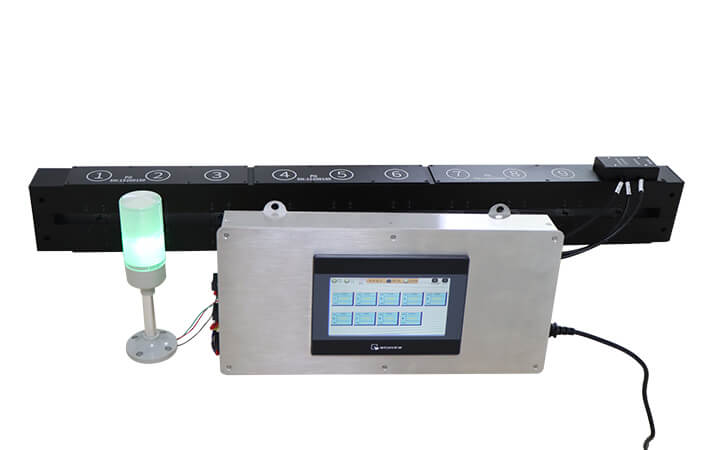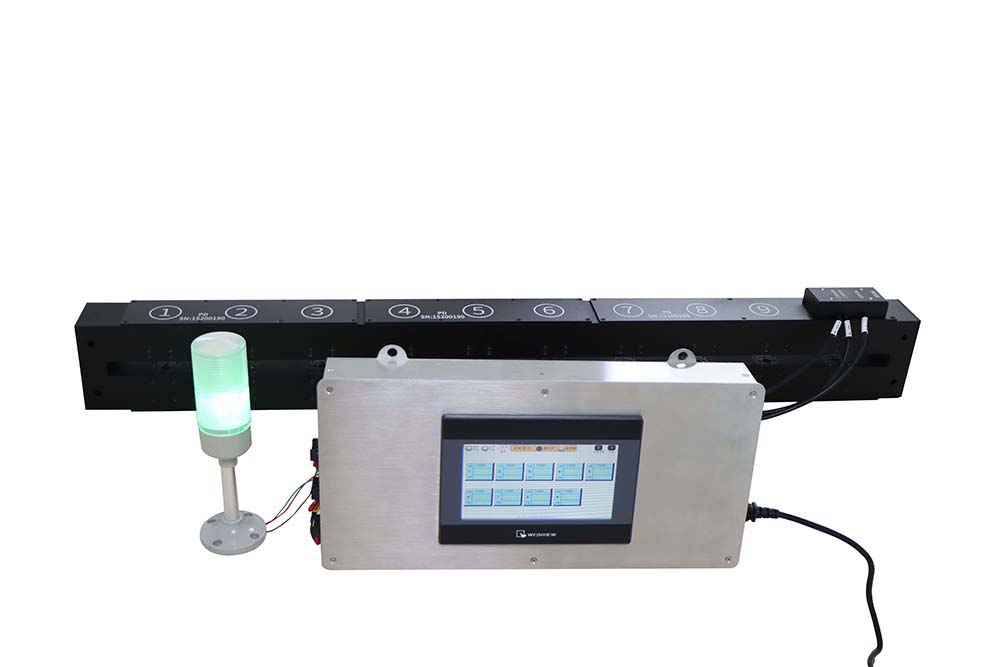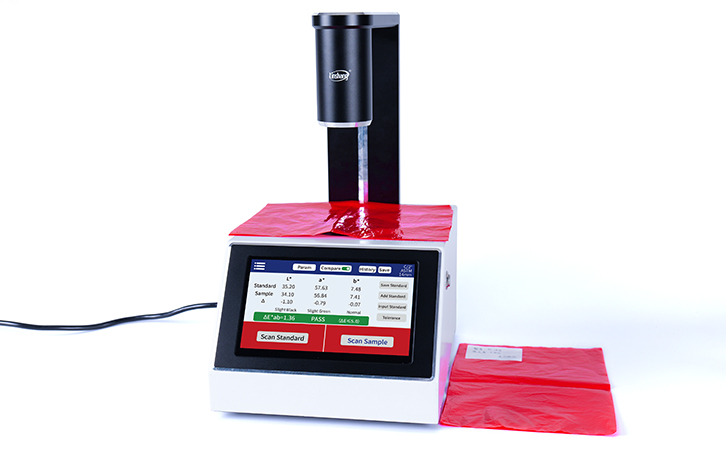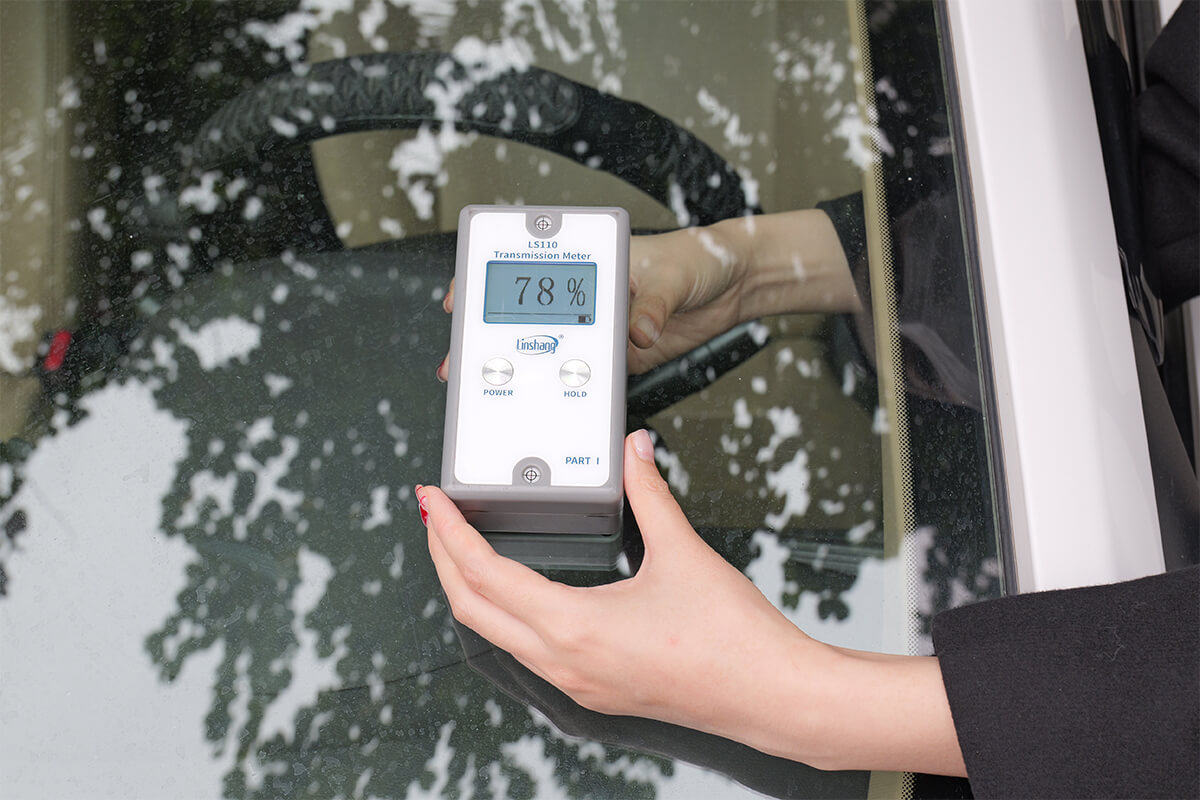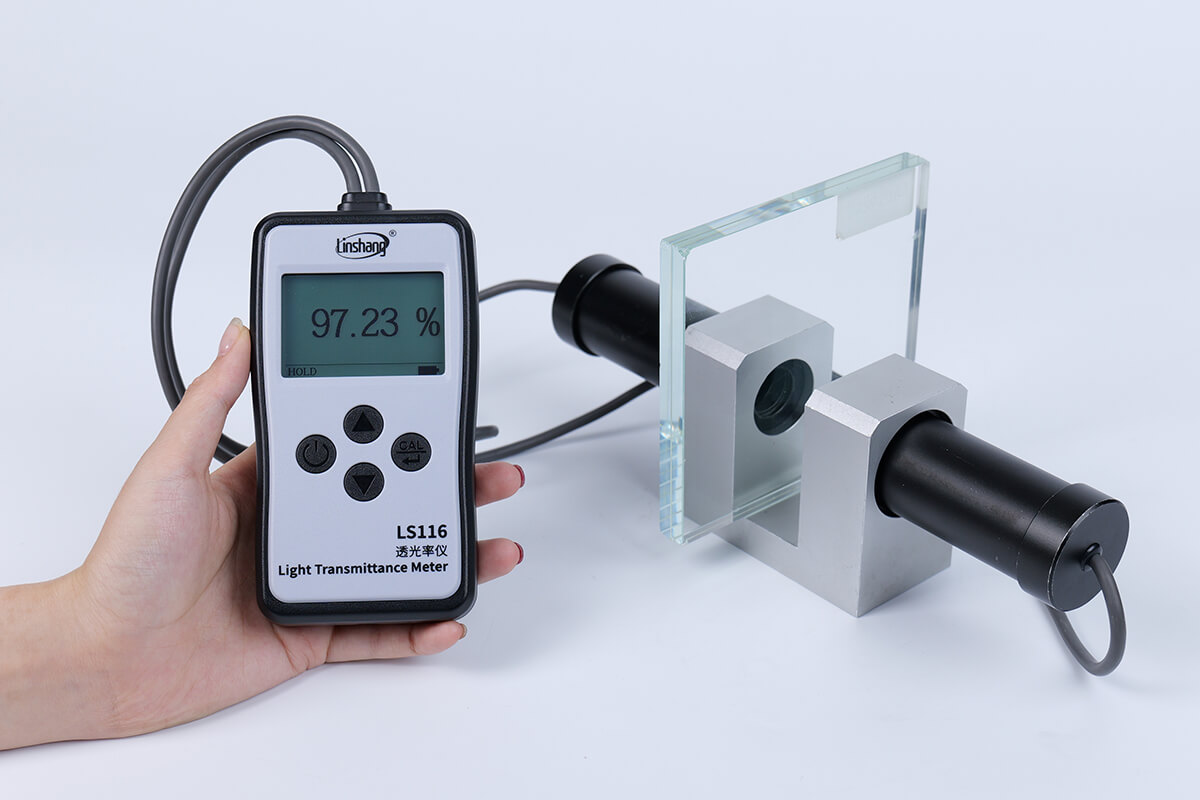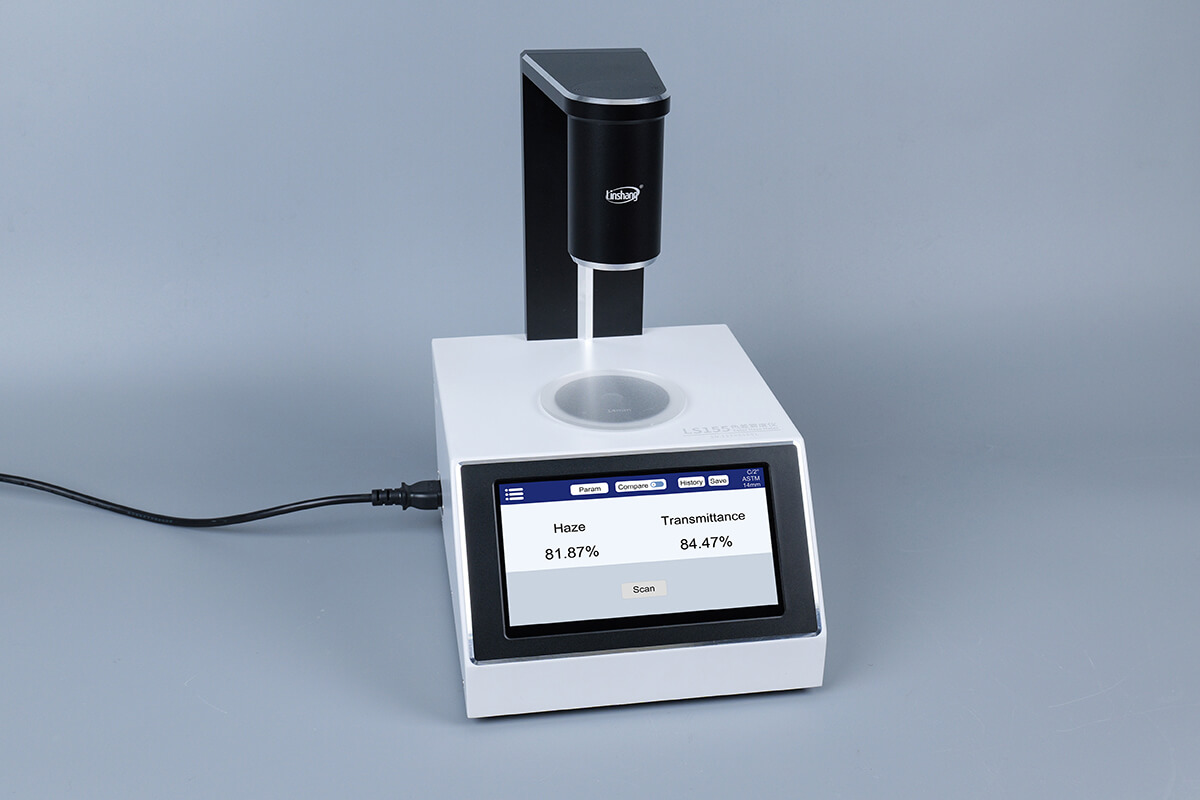OD Light Transmittance and Haze Meter
A series of light transmittance testing instruments provided by Linshang Technology include a light transmittance meter LS116 with a parallel light path design, a optical densitometer LS117 with a diffuse transmission principle, a split type light transmittance meter LS110 that measures the car front windshield, and LS155 that supports both haze and light transmittance measurements. The light sources used in these light transmittance meters comply with the CIE photopic luminosity function.
For more detailed selection and frequently asked questions about the light transmittance meter and optical density meter, please click "Light Transmittance Meter Selection and FAQ" for details.
LS110 Light Transmittance Meter
Specially used to test the visible light transmittance of the wind shield of the car
Visible light wavelength: 380nm-760nm, CIE photopiv luminosity standard
Two laser for two part alignment, more accuracy.
The built-in lithium rechargeable battery is easy for using without replacing the battery.
LS116 Light Transmittance Meter (2nd)
This meter is self-contained light sources and self -calibration
Visible light wavelength: 380nm-760nm ( Full Weighted Spectrum)
With a parallel optical design, visual function compensation
Suitable for glass, film, organic materials and other transparent materials' transmittance detection
LS117 Optical Density Meter (2nd)
Use diffuse transmission principle
Light source: 380-760nm, conforms to CIE photopic luminosity function
With fixed base measurement and handheld measurement two methods
Suitable for optical density test of aluminum film,lens ink and other translucent materials and transmittance test of all kinds of materials such as opalescent, matte, etc.
LS152 Vacuum Coating Thickness Measuring System
1.Provides dual RS485 communication interface, the standard MODBUS communication protocol,
2. Convenient for communications with PLC, human-machine interface and computer.
3.Can be customized according to customer's demand
LS153 Vacuum Coating Thickness Measuring System
1. For online monitoring of optical uniformity of materials in vacuum coating production lines
2. RS485 interface and MODBUS communication protocol, can be connected to PLC, HMI and PC
3. Customised to meet specific customer requirements, supporting up to 45 measurement points
LS155 Color Haze Meter
Supports both ASTM and ISO standards
Dual aperture design, small-sized materials can also be measured
Good repeatability and can pass the test of the National Institute of Metrology
Suitable for measuring transparent materials such as film, glass, liquid, etc



